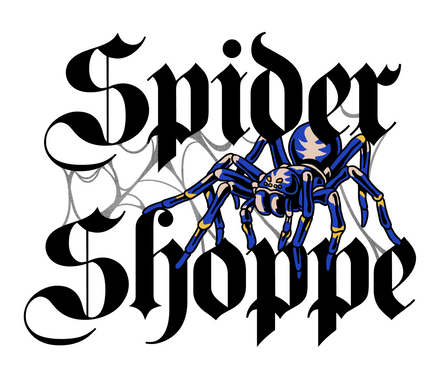Heterothele villosella (Tanzanian Chestnut Baboon) 2" FEMALE
- Live Arrival Guarantee
- Live Animals Ship FedEx Priority Overnight (Mon-Weds)
- Low stock - 4 items left
- Inventory on the way
The Heterothele villosella (Tanzanian Chestnut Baboon) is a Dwarf Old World fossorial species. This spider displays an exquisite black and yellow carapace with jet black legs. There have been successful attempts at keeping this species communally, but there is always a risk to keeping more than one tarantula together.
Husbandry Recommendations
This is a terrestrial spider, so as it grows, it will require an enclosure which offers more floor space than vertical space. The rule-of-thumb for the width or length or the enclosure is 3-4x leg span minimum. However, as a small spiderling, we recommend this spider be housed in a dram vial. This would be a suitable enclosure for several months up to a year. The vial should have several ventilation holes added to the top and/or sides. This can be done with a drill, a leather awl, or soldering iron. Our choice of substrate is a unique blend of coco and other organic materials - Hunter's Premium Substrate. This substrate will retain humidity, allow for sturdy burrows, and resist mold or fungal growth.
While this species is very hardy, and can tolerate many environmental conditions, we still recommend maintaining some level of moisture in the substrate. Adding water to one side once a week should be sufficient. You can alternate sides. The substrate should never be fully dried out. However, we also want to avoid sopping wet substrate or standing water.
Common tools which would be helpful in caring for this spider include tweezers. These are used for feeding, cleaning, and rearranging the enclosure if needed. Another useful tool is a Mister. This allows for controlled and purposeful watering.
Our suggestion for feeders is small crickets. At this size, this spider will eat a cricket up to 0.25", which is about 1-2 weeks old. These spiders will scavenge, so offering a pre-killed cricket it ok. Be sure to remove any leftover as mold can spread quickly. Mold from prey items can be harmful to spiders.
Info on our shipping policy can be found on our T&C page.





